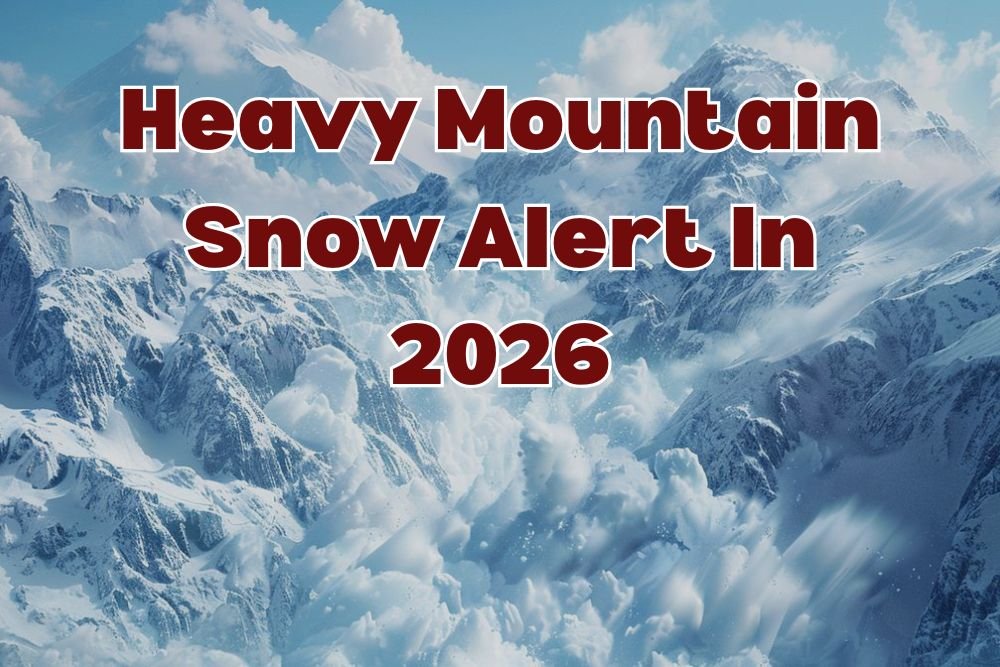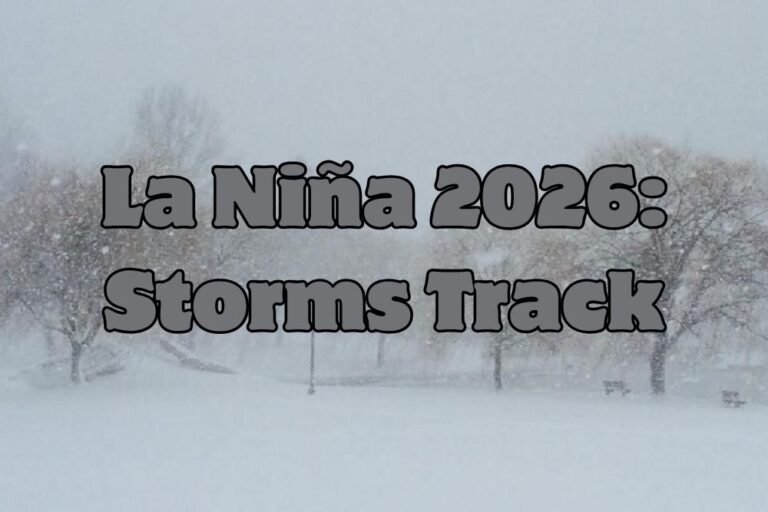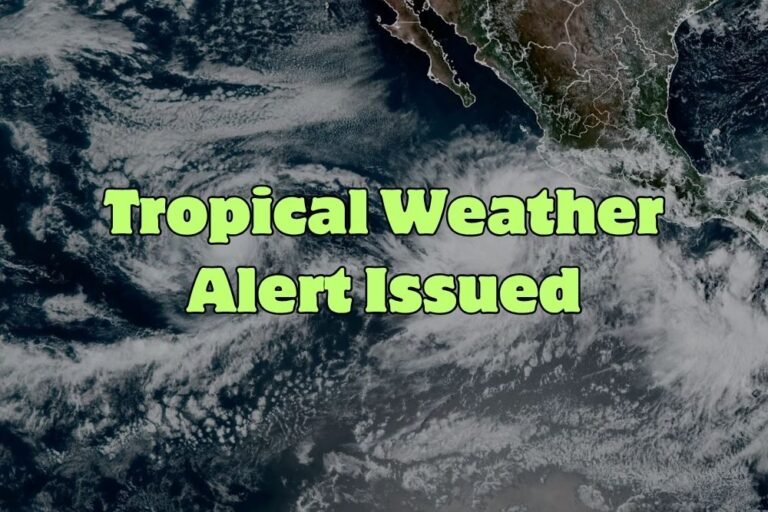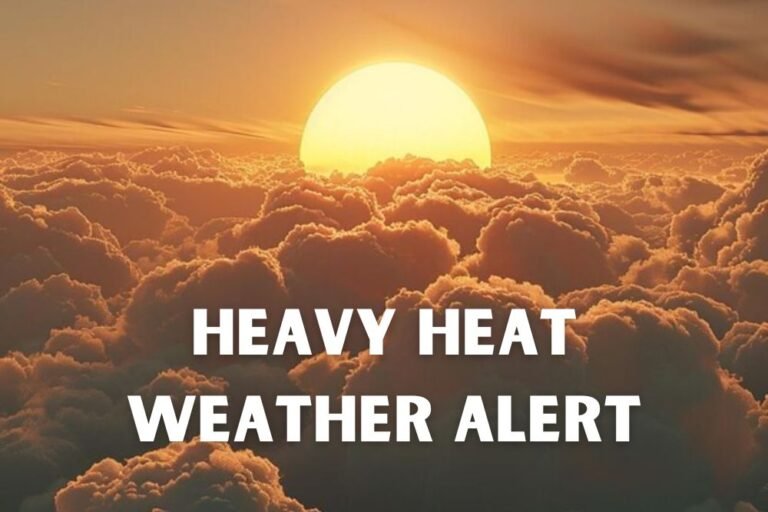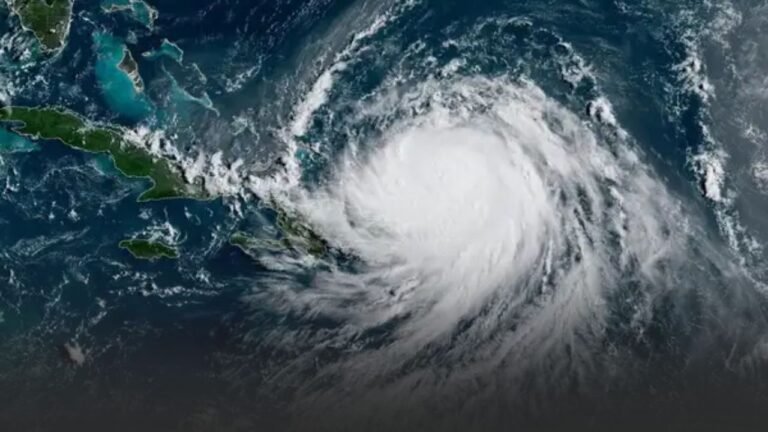NOAA Forecasts Heavy Mountain Snow and Prolonged Cold for Idaho Winter 2026
BOISE, ID. — Idaho is bracing for a classic mountain winter, as NOAA’s Winter 2025–2026 outlook calls for frequent snowstorms, colder-than-normal temperatures, and long-lasting winter hazards across much of the state.
Released Thursday, Oct. 16, the Climate Prediction Center’s forecast shows above-normal precipitation and below-average temperatures throughout the northern Rockies — a typical pattern during La Niña winters that fuels persistent snowfall and deep snowpack across the region.
Heavy Snow Expected in Idaho’s Mountains
Forecasters at the National Weather Service in Boise say this winter will be especially active, with steady snow and periodic cold snaps expected to last well into March.
“Idaho is in line for an active winter with frequent Pacific systems and deep mountain snowpack,” meteorologists said Thursday.
The Sawtooth, Bitterroot, and Central Idaho Mountain ranges are forecast to see near-continuous snow through February, with heavy accumulations likely in backcountry areas and mountain passes.
Meanwhile, valley cities such as Boise, Twin Falls, and Pocatello may experience alternating bouts of snow, freezing rain, and dense fog as cold air settles into the basins.
January and February to Bring Peak Storm Activity
The strongest storms are expected during January and February, when several systems could dump significant snowfall along key travel routes including Interstate 84 and U.S. Highway 95.
Avalanche danger is also projected to rise sharply after midseason, especially in backcountry zones where deep layers of snow could become unstable following heavy storms.
“Travel through mountain passes could become difficult for extended periods,” NOAA officials warned, urging skiers, ranchers, and truckers to plan ahead for winter hazards.
Cold Temperatures Could Linger Into March
NOAA’s outlook also indicates that colder-than-average conditions may persist through early spring, delaying snowmelt and extending travel disruptions across central and northern Idaho.
The prolonged cold could also strain livestock operations and regional energy demand, as long-duration freezes set in across rural valleys and high plateaus.
Residents Urged to Prepare Early
Officials recommend Idaho residents stock emergency supplies, inspect heating systems, and equip vehicles for snow and ice conditions before storms intensify.
Farmers and ranchers are also being advised to monitor local forecasts closely, as extended cold spells could impact feeding schedules, water access, and calving conditions.
For now, forecasters say Idahoans should expect a traditional, snow-packed winter — one defined by steady mountain snow, icy roads, and crisp, Arctic air that refuses to let go.
“For Idaho, Winter 2026 looks to bring steady snow and sustained chill — a mountain winter demanding preparation, patience, and respect for the elements,” the NOAA report concluded.
Stay updated on regional weather alerts, snowfall maps, and winter safety guidance at SaludaStandard-Sentinel.com, where comprehensive coverage keeps readers informed across the West and Rockies.

